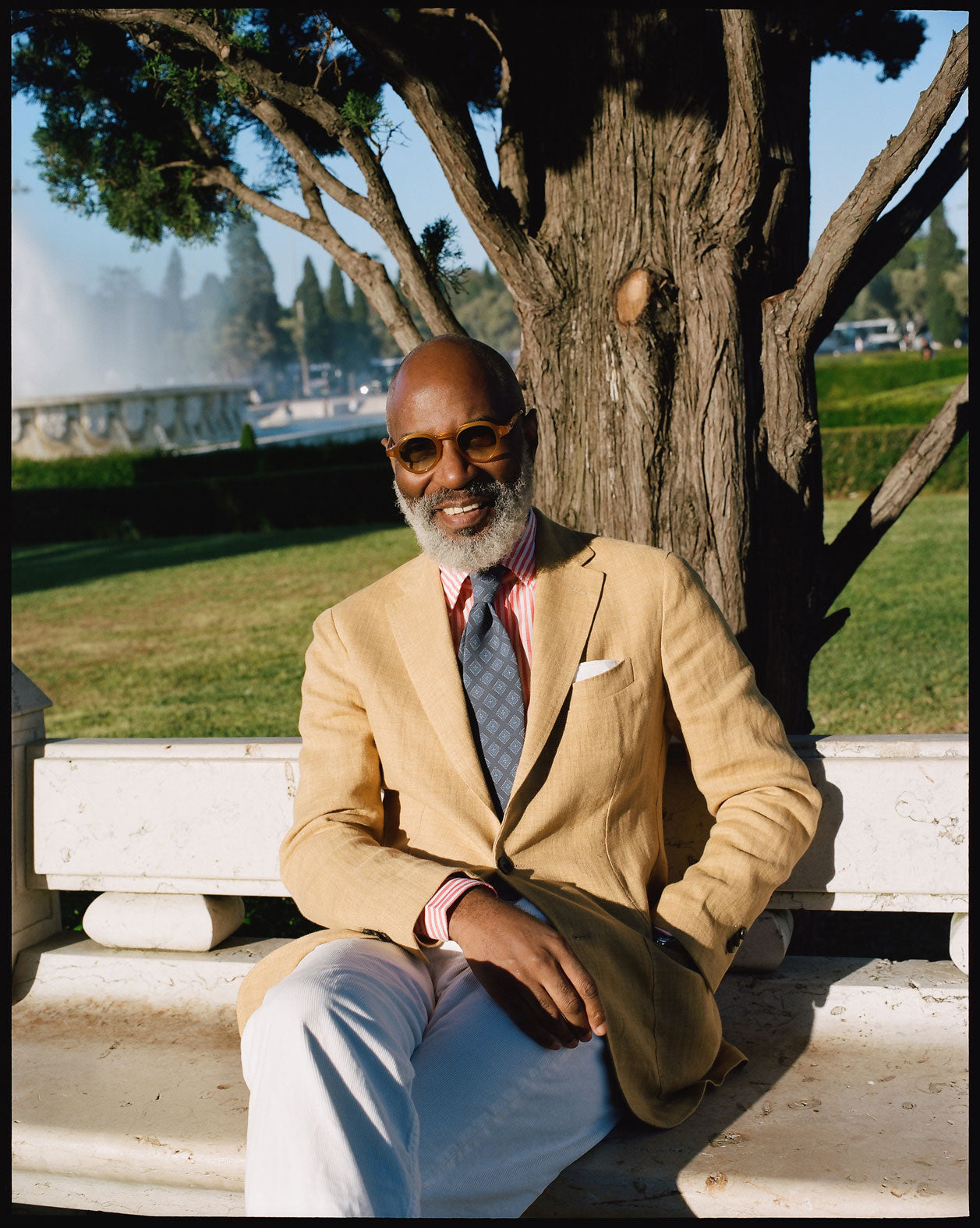The Long Point Collar: A Very Short Disquisition
By G. Bruce Boyer
2022년 7월 13일

There's a lot to be said for comfort, particularly when it takes such an elegant form. Allow G. Bruce Boyer to convince you of the charms of our timeless long point collar shirts.
You’ve probably noticed that silhouettes have been changing these past eight or nine fashion seasons (about two years in real time). The tight little suits that seduced too many men for too long are finally looking cramped and dusty to even those who take no interest in such matters. The style in suits, jackets, trousers, and outerwear is loosening up, becoming a bit easier in the cut and fit. Style with comfort seems to once again be winning the day.
I may be sailing into the shallows of my mind a bit here, but I’ve also noticed there’s an aspect of the shirt that’s undergone a considerable revolution of design in the direction of comfort. It’s something of a small revolution, but that’s what men’s clothing is about, isn’t it: the dress shirt collar’s undergoing a casualization by leaving more and more of its stiff infrastructure behind, so that it can more easily walk that fine line between the casual and the dressy.

This is all rather akin to the revolution that occurred around eighty years ago, when the soft collared shirt was first introduced. I know this has been a bit of a ramble, but stick with me a minute. This sort of drift towards insouciance and comfort can be seen in the deconstruction of the spread and cutaway collars of course, but more specifically in the return to the wardrobe of the soft, long point collar. At the beginning of the 1930s, the starched spread collar and the tab collar were at the formal end of the dress spectrum, but more and more men began to drift towards the soft point and button-down collars at the casual, opposite end, even as tailoring began to relax a bit with the invention and popularity of drape cutting. The long point, starchless collar, particularly when worn with an unlined tie, had an easy flowing look, and the approach added a soft nonchalance to a man’s appearance. It can all be seen quite nicely in any of those great old movies with such film stars as Gary Cooper, Clark Gable, and particularly John Barrymore, who was such an aficionado of the soft long point collar, the style was known for a while as “the Barrymore.”
There’s a lot to be said for comfort, particularly when it takes such an elegant form. Devoid of starch or thick interlinings, the soft point collar’s dishabille nicely undercuts the formality of suits, and works perfectly with sports jackets and blazers of any ilk. It’s a collar that says, ”I believe in the rules and traditions, but don’t take myself too seriously either.”

One other historic point to mention, and then I’m through for the day. This soft collar was, from the end of the '20s ‘til the end of the '50s, often worn with a collar pin, placed just above mid-collar and under the knot. This made the tie curve outward in a slight and seemingly unaffected arc of bravura. A nice touch that also makes the point that the art of dressing understands the bridge between the formal and the casual, that we’re not supposed to look neurotically planned and excruciatingly neat. It’s the triumph of understated elegance over the banalities of order, the understanding that we aren’t exclusively pragmatic after all.










